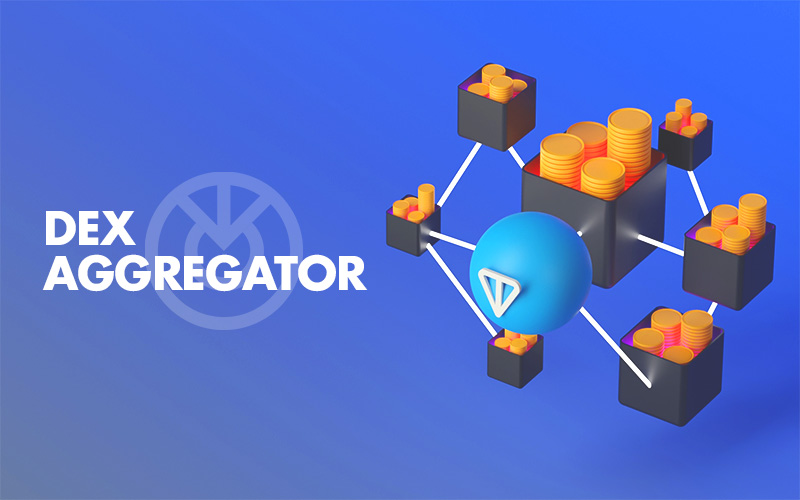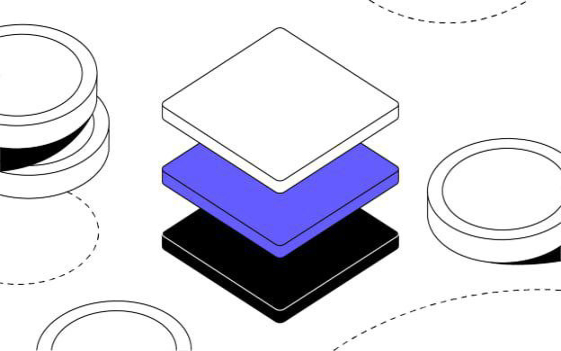These days globally we crave many things to be ours. ownership has become a priority to an extent, especially in the NFT context. NFTs have introduced a novel angle to the domain of digital ownership, offering artists, musicians, and creators alternative avenues to monetize their creations.
As NFTs (Non-fungible tokens), are unique assets that have been tokenized on a blockchain, giving them distinct identification codes and metadata. Unlike cryptocurrencies, which are interchangeable, NFTs cannot be freely exchanged on a one-to-one basis.
To learn more about NFTs, read this article.
Though, in addition to all technologies, novelties, and innovations, through this path, we face some challenges!
(NFTs) have emerged as a transformative force, offering fresh perspectives on monetization for creators while reforming the way we perceive ownership. However, with the rapid expansion of the NFT market, the process of transferring and trading these distinctive digital assets across various platforms has grown progressively intricate. This is where the concept of NFT swapping, serves as a crucial mechanism in this evolving ecosystem.
To understand swapping better let’s first define the word swapping:
take part in an exchange of, or give (one thing) and receive something else in exchange.
Let’s define it in the NFT context.
NFT swapping involves trading one non-fungible token (NFT) for another or exchanging NFTs for digital assets like cryptocurrencies. NFTs are unique digital items stored on blockchains, which makes them valuable and scarce. Through NFT swapping, collectors and traders can enhance their collections, diversify holdings, and potentially earn profits by buying and selling NFTs at different prices.
As new NFT collections continually enter the market, individuals often explore NFT swapping to capitalize on potential profit. However, predicting the success of a new collection can be challenging, As NFTs can lose value over time, some collectors turn to swapping to secure NFTs with potential for future demand.
In addition to the explanations, below is an example of what is swapping exactly.
Imagine you have an NFT of a digital artwork that you’ve owned for a while. You come across another collector who has an NFT from a trendy new collection that you really want. You both decide to swap your NFTs – you give them your artwork NFT, and they give you their sought-after NFT. This way, you both enhance your collections without spending money.
Outcome:
Through the NFT swapping process, You acquire an NFT from the new collection without having to spend additional money. Meanwhile, They gain ownership of the artwork NFT they believe might increase in value over time. Both achieve their objectives by leveraging the NFT swapping mechanism to enhance their collections.
This example showcases how NFT swapping allows collectors to acquire desired NFTs without relying solely on direct purchases.
Swapping benefits:
- It enables collectors to diversify their NFT portfolios without significant financial outlays. By exchanging NFTs, collectors are able to acquire new assets that align with different trends, styles, or interests, thereby reducing the risk of holding a concentrated set of NFTs.
- It allows collectors to access NFTs from newly emerging or trending collections. This is especially valuable when the collector doesn’t have the resources to directly purchase NFTs from those collections.
- It provides flexibility in adapting to changing market dynamics. Collectors can adjust their portfolios quickly without the need for large investments or sales. It caters to evolving tastes and interests.
- It eliminates or reduces the need for direct monetary transactions. Collectors can exchange assets of similar perceived value, avoiding spending additional funds.
- It fosters interaction and engagement within the NFT community. It encourages collectors to connect, negotiate, and collaborate with each other, creating a dynamic and vibrant ecosystem.
- It encourages experimentation and exploration of new collections, creators, and trends.
- It contributes to the growth of the secondary NFT market. It fuels transaction volumes, engagement, and overall market activity.
There are a few different scenarios and ways in which where swapping NFTs can occur:
Direct Swap:
Swapping one NFT directly for another of similar value.
Multi-Asset Swaps:
Exchanging multiple NFTs for one or more NFTs, is helpful for combining or trading a group of NFTs.
Wrapped NFT Swaps:
Exchanging NFTs from one blockchain network for NFTs on another network, broadening access.
Auction-based Swaps:
Swapping NFTs through auctions, bidding against others for desired NFTs.
Fractional Swaps:
Owning a part of a high-value NFT by exchanging it for fractions of it.
This practice of swapping, not only enables collectors to enhance their portfolios without significant financial commitments but also promotes interaction and collaboration within the NFT community. Swapping allows enthusiasts to participate in emerging trends and collections that might have been otherwise out of reach.




